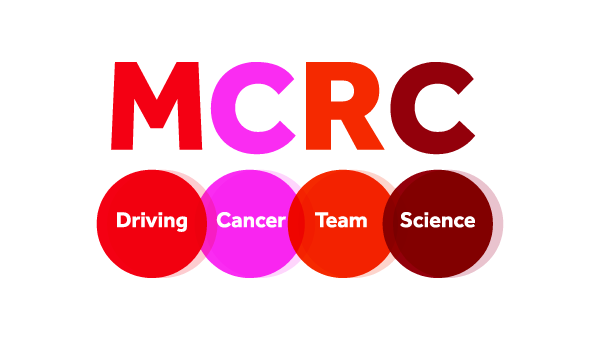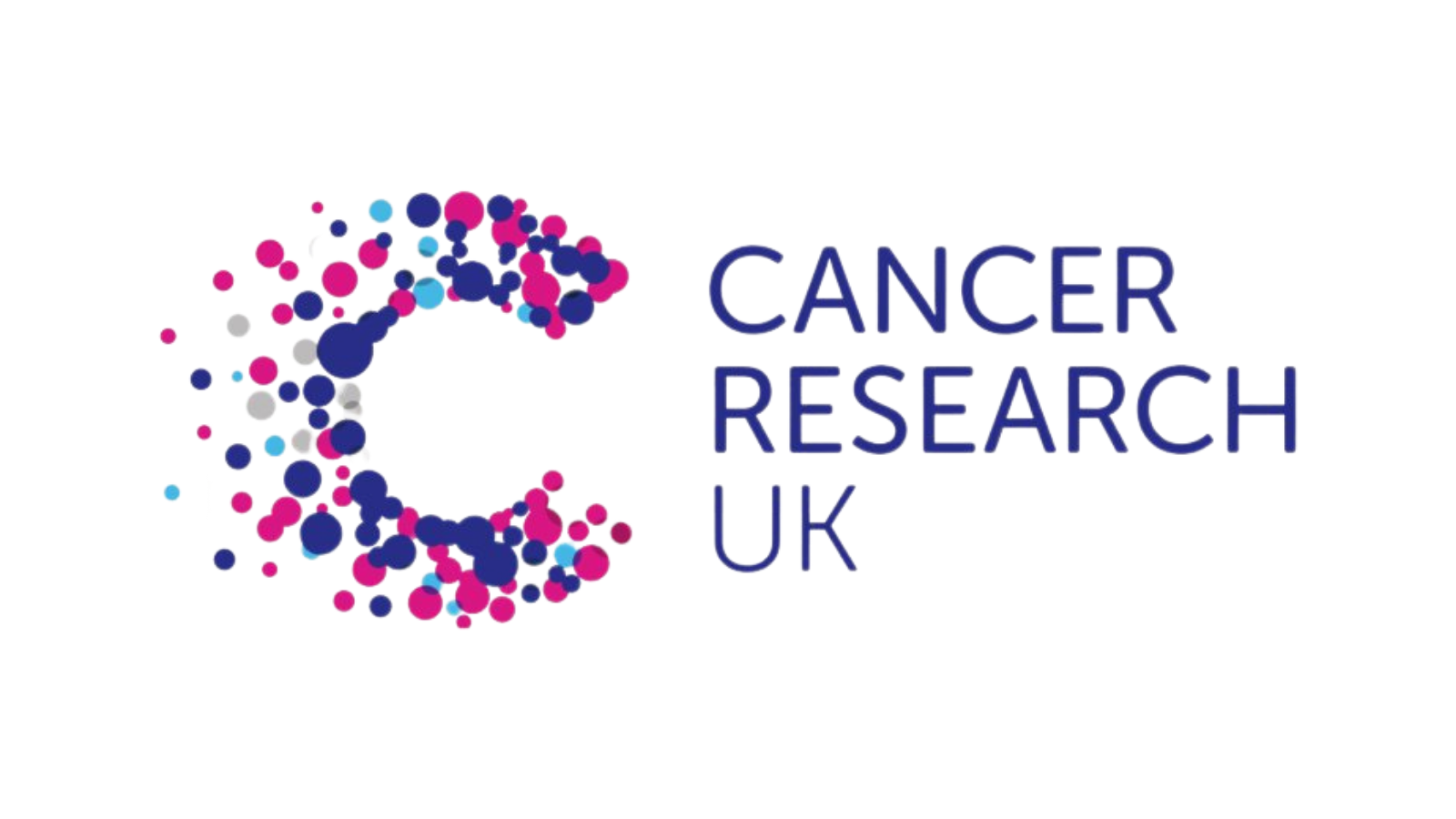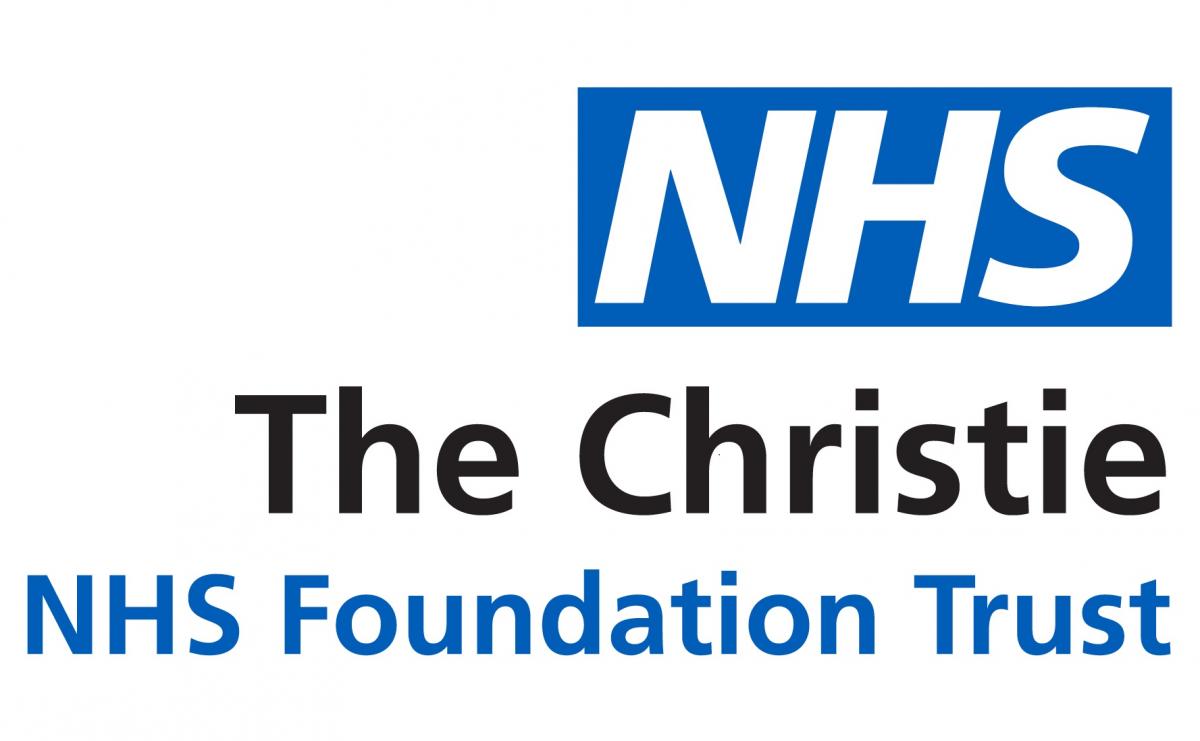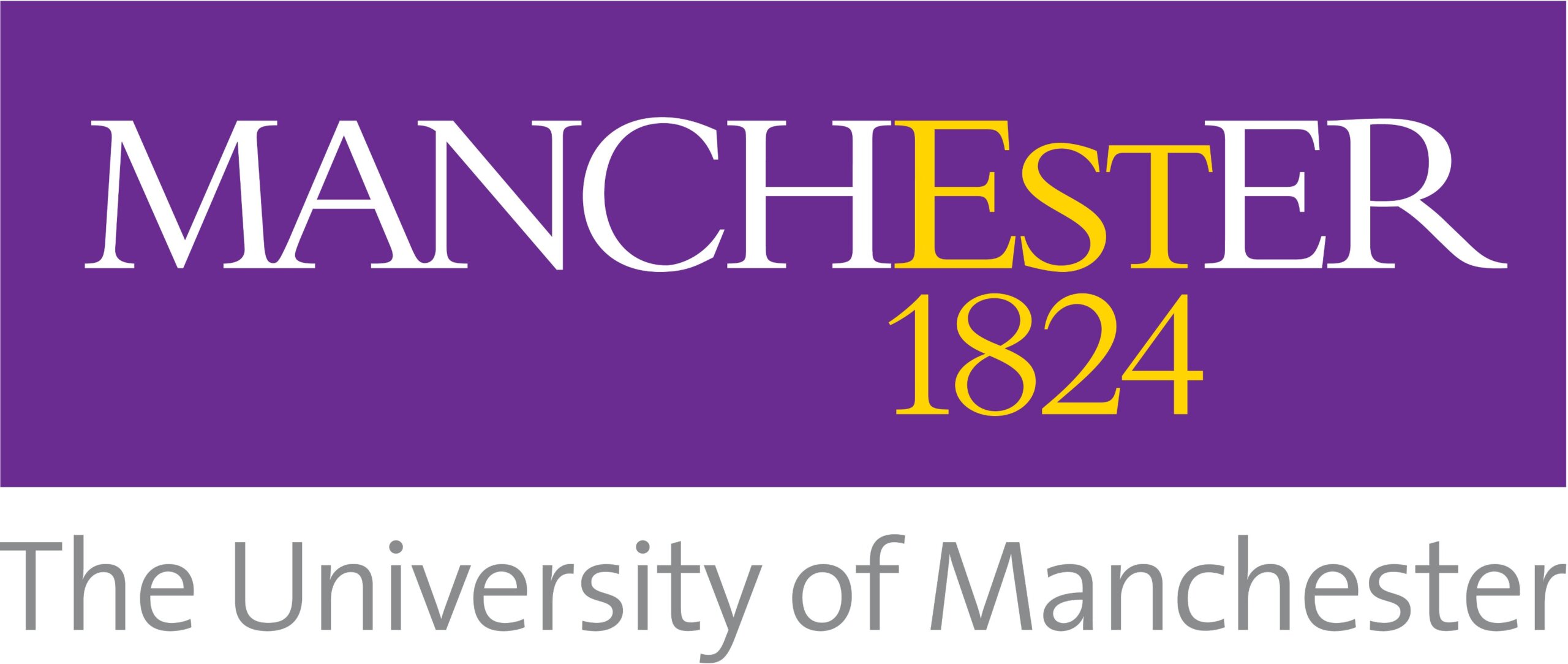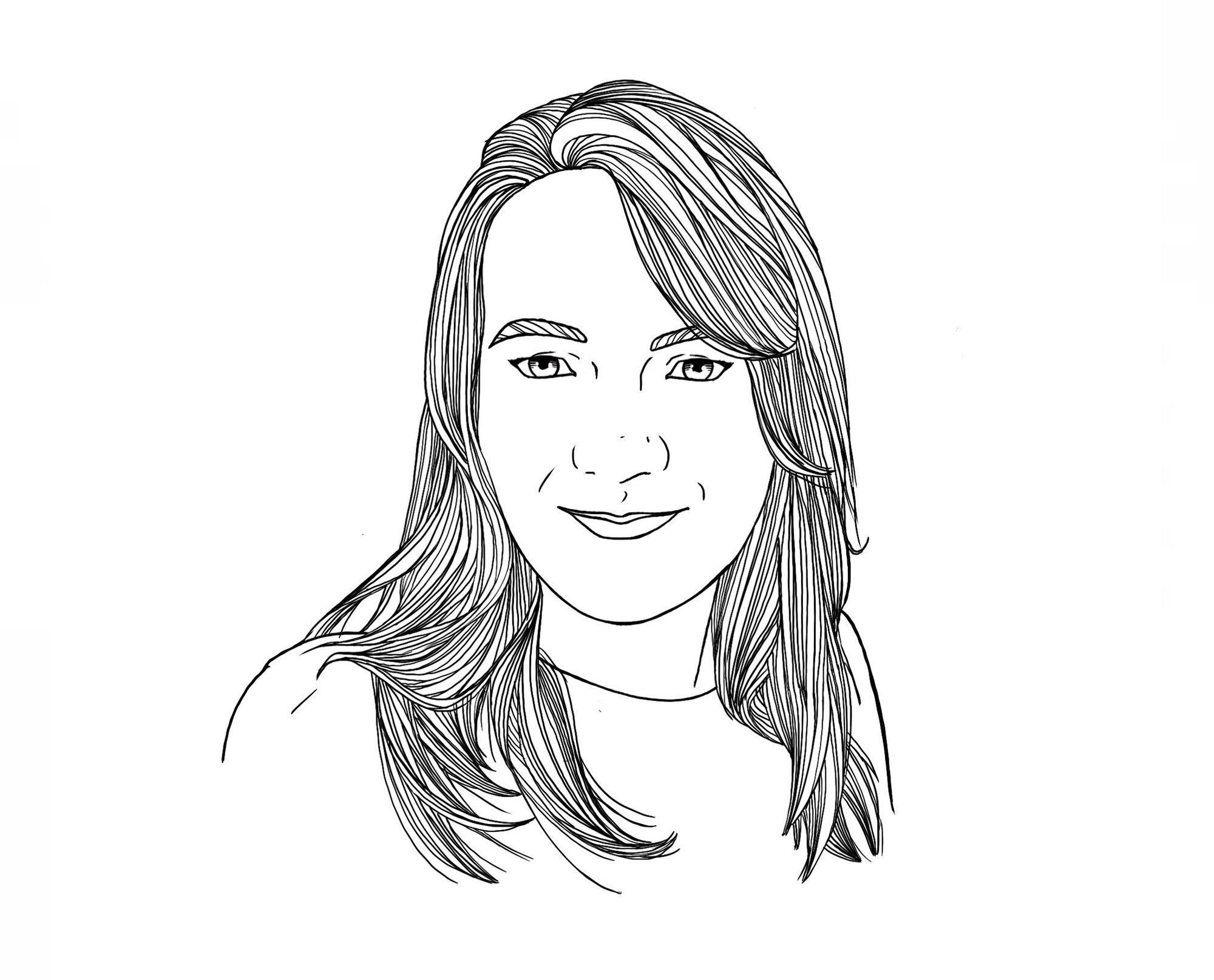A guide for cancer researchers looking to make an impact with their discoveries
Nathalie Dhomen, our Cancer Research Commercialisation & Innovation Lead, works across three institutions (the University of Manchester Innovation Factory, MCRC & CRUK) to ensure that you, the Manchester cancer researcher community, can reach your full potential and make a difference.
With Nathalie, we can guide you through the (sometimes daunting) journey to commercialisation so that your research brings vital, life-changing innovations to people living with cancer.
The Innovation Factory works in collaboration with Manchester Cancer Research Centre (MCRC) and Cancer Reseach UK (CRUK) to identify and support the ground-breaking cancer research developed at the University of Manchester on its journey from lab to market.

With Nathalie, we can help support researchers from a project’s earliest conception, for example:
- When a grant application asks an applicant to describe the translational potential of a proposed project
- To protect IP rights once encouraging data has been generated by research
- To support researchers on the road to licensing or spinning out
Nathalie works with researchers to identify cancer research projects that have the potential to create value, economically and as a medical innovation. We work together with the academic to translate these into a form where they can be used to benefit society as a whole.
The team at the Innovation Factory then assess whether the project would succeed in the market as a licence or whether forming a spinout company would be more valuable to the industry. More on spinouts and licences later…
So, what is Intellectual Property?
Intellectual property (IP) is something novel that you create using your mind (e.g., a story, an invention, an artistic work or symbol). IP Rights (IPRs) are legal rights which enable the owners of IP to control and benefit from the use of their IP, usually for a prescribed period of time. The type of IPR depends on the form of IP. Whilst some IPRs arise automatically upon creation of a work (e.g., copyright), others are only granted following successful registration (e.g., a patent).During a programme of study, employment and/or appointment at the University, it is likely that students and employees will create, make and/or develop IP.As a general rule, a creator usually owns IP in their work, unless:
- The IP was made during the course of their employment
- There is an agreement or a policy to the contrary
Research Funders or Sponsors (e.g., charities such as Cancer Research UK (CRUK), or other companies) may have rights to the IP generated from their funding. Where CRUK is a majority funder of the research, Cancer Research Horizons, the translation engine for CRUK, works with us, the Innovation Factory, to manage protection and commercialisation of the IP.
Like any form of property, IP may have commercial value and can be traded. The IP owner can authorise (i.e., license) another party to use their IP for a particular purpose, sell or otherwise transfer (i.e., assign) IP to another party.
What are the different types of Intellectual Property Rights (IPRs)?
- Patents
- Know-how
- Copyright
- Trademarks
- Design Rights
- Database Rights
Each type of IPR requires the meeting of certain conditions and/or actions for it to be valid and deliver protection.
When should IPRs be applied for?
To protect your IPRs, you should get in touch with the Innovation Factory as early as possible, and before it is in the public domain (eg., through discussions, presentations, posters, publication etc).
If this process of IP identification is streamlined with the Innovation Factory and/or Cancer Research Horizons, it will then inform the timing of IP protection so as not to impede the academic process of sharing and disseminating important research.
Both the Innovation Factory and Cancer Research Horizons aim to rapidly turn around decisions on whether to protect and commercialise research innovations that are disclosed to them by researchers, and patent filing can be done in a matter of weeks if the decision to patent is taken.
Once IPRs are protected, researchers are free to disseminate their work and The University of Manchester Innovation Factory or Cancer Research Horizons can undertake the process of commercialising the IP.
Spinouts and licensing: the low down
The two most typical routes to commercialising research are licensing and spinout creation. Following a holistic analysis of the project, the team and the market, the innovation will either navigate the spinout route or licensees will be pursued.

Licensing
The licensing route of commercialisation is where the IP is licensed to a commercial entity who will then go onto progress and market it. For example, a novel therapeutic agent may be licensed to a pharmaceutical company that can manufacture it at large scale and bring it to the market. This may be suitable for innovations that:
- Represent an improvement over current practice
- Have a single application
- Fit well with the portfolio of a given company
Income from licensing takes the form of a license fee and royalties over licensee’s revenues. The time it takes to identify, negotiate with and finalise a deal with a licensor can vary, but much of this is performed by the Innovation Factory or Cancer Research Horizons, with the researcher taking on a largely scientific advisory role.
Spinning out
When the innovation represents something novel beyond an improvement on what is already on the market, or a platform technology that may have multiple applications and no obvious single outlet, a spin-out approach may be more appropriate. In this case, a company is set up to progress and market the IP, with support from the Innovation Factory or Cancer Research Horizons. Income from this approach is based on share sales, floatation and exit, in the same way as would be expected from any new start-up. This route requires more of a researcher’s input, as they will work with a team to help build a business based on their innovation – however many researchers have a naturally entrepreneurial spirit and may thrive on the satisfaction of seeing their innovations creating both social and financial impact. The most typical characteristics of a spinout are:
- Platform technology (has a suite of products or multiple applications/markets)
- High risk investment (technology is completely new)
- Entrepreneurial expertise within the project team
Who to approach if you would like to commercialise your cancer research
Nathalie Dhomen
Nathalie’s role at the Innovation Factory is to identify cancer-related innovations, intellectual property (IP) and opportunities for commercialisation, collaboration and subsequently provide the optimum road maps for translation into patient impact in cancer.

The partnership
The Innovation Factory proudly supports the dynamic synergy between the Manchester Cancer Research Centre, Cancer Research UK, The Christie NHS Foundation Trust and the University of Manchester.
This influential partnership extends its reach to encompass vital associate institutes, distinguished trusts (Manchester University NHS Foundation Trust and Salford Royal NHS Foundation Trust), and other organisations (Greater Manchester Cancer, Manchester Academic Health Sciences Centre, and Health Innovation Manchester).
Work by Manchester-based researchers crosscuts all the partner organisations, creating an enabling environment to drive innovation and develop the technologies that will support and improve cancer patients’ lives and those of their families. Nathalie’s role is to help bring these technologies from the bench into the clinic.
